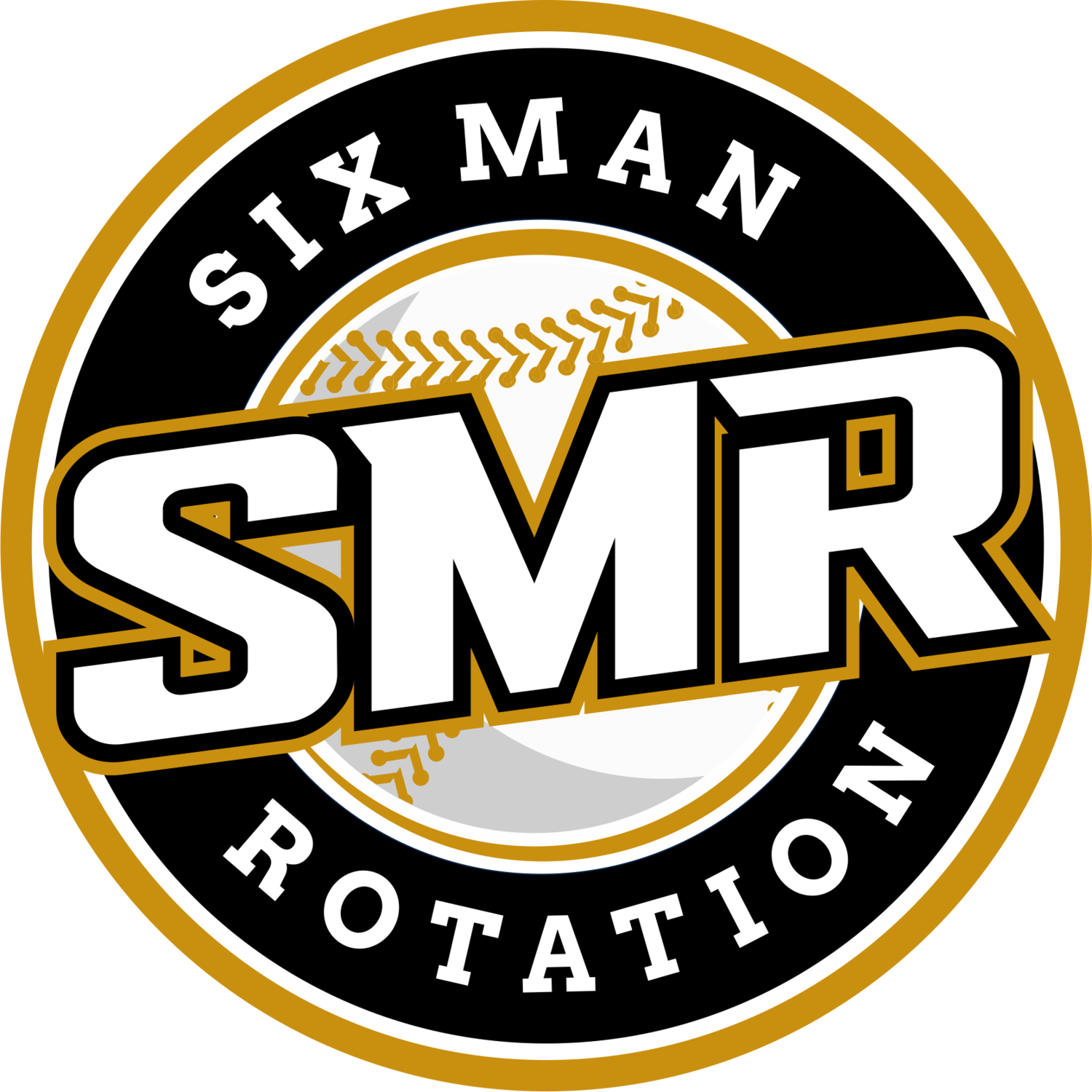At the beginning of April, I asked this question to my Twitter followers:
Given just the video, would you consider this ball hit hard? (poll below) — Connor Kurcon (@ckurcon) April 8, 2020
It’s a pretty simple question, but one without a simple response. The attached poll went roughly as I expected, with 60% of the responders saying that, yes, the pop up in question was hit hard. The ball was hit by Joey Gallo at 107.2 mph at a 63 degree launch angle according to Trackman readings. Objectively, at north of 107 mph, this ball was indeed hit very hard in terms of batted ball exit velocity (EV). Even in the video, one of Dave Raymond or C.J. Nitkowski of the Rangers’ broadcast booth can be heard saying, “I’m not sure you can hit it higher than that,” and they’re not too far off.
However, not everyone agreed that EV and EV alone made a ball such as this “hit hard”. In fact, almost 200 people thought it was not hit hard. Perhaps some that voted “No” were unaware of the EV and would readily change their answer, but that isn’t the case for everyone.
As one commenter said, “Hit hard has launch angle implications for me.” This is where I felt the disconnect existed most between those who voted yes and those who voted no. My favorite message was one that I received from Ralph Lifshitz at Prospects Live, who said,
“Am I going to report to a regional director that a guy hit a pop up at 105 EV?
The short answer is… yeah! You probably should. It could signal better future results.
EXPLORING EXIT VELOCITY “UPPER LIMITS”
In a response to the Joey Gallo pop up tweet, Nick Gerli of Pitcher List introduced me to THIS post by Tom Tango on his blog discussing what may or may not be important when designing a “predictive” weighted on base average. Tango and the other talented individuals at Baseball Savant have created Expected wOBA (xwOBA), but have been good about warning baseball fans that xwOBA is not built to be predictive – it is descriptive but can be sometimes useful in a predictive way.
In the post, Tom essentially runs through what types of batted balls are helpful and unhelpful in a predictive model. If you don’t want to click on the blog post (you should; it’s worth a read), then I’ll share the two major tables of the post:




